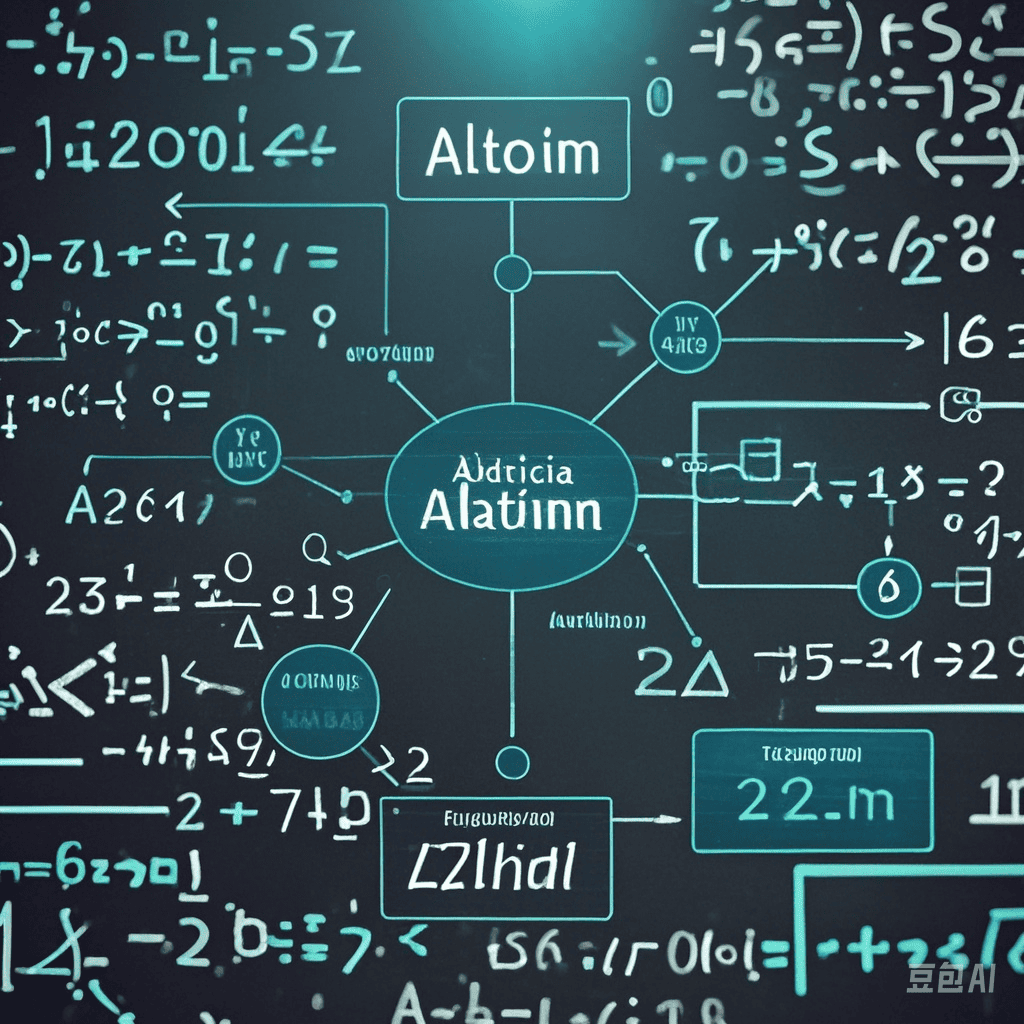GMP
GMP Model Notes Summary
English
1. Locality and G Creation
- Scenario: The current processor (P) is running a goroutine (e.g., an ongoing task), which creates a new goroutine (child task).
- Mechanism:
- The newly created child task is first added to the local queue of the current processor to take advantage of locality.
- Once the ongoing task is completed, the scheduler (e.g., an internal scheduling goroutine) assigns the child task to the currently executing worker thread, ensuring thread reuse.
- Note: Although the child task originates from the parent task, due to load balancing, it may be assigned to a different processor.
2. Load Balancing When Local Queue is Full
- Scenario: Suppose a goroutine creates multiple child tasks (e.g., from Task A to Task G), and the local queue of the current processor has a capacity of 3.
- Process:
- First 3 Tasks: The first three created tasks (Task A to Task C) are directly added to the local queue (assuming it was initially empty).
- Handling When the Queue is Full:
- When a fourth task (Task D) is created, the local queue is full, triggering load balancing:
- The processor moves the first half of its local queue tasks (e.g., Task A) along with the newly created Task D to the global queue.
- Note: After being transferred, the order of tasks in the global queue may change (e.g., becoming Task D, Task A).
- When a fourth task (Task D) is created, the local queue is full, triggering load balancing:
- Subsequent Task Allocation:
- If another task (Task E) is created and the queue is full again, the same transfer strategy applies.
- Later tasks (Task F, Task G) may enter the local queue directly, depending on the available space after the transfer.
3. Waking Idle Processors and Worker Threads
Scenario: When a new G is created, if there are idle M waiting for tasks, the wake-up mechanism is triggered.
Mechanism:
An idle M (previously in a sleep state, waiting for G) is awakened and enters a spin state, temporarily occupying the CPU while waiting for tasks.
The awakened M fetches Gs from the global queue based on the following formula:
1
n = min(len(global_queue)/GOMAXPROCS + 1, len(global_queue)/2)
- Example: If there are 3 Gs in the global queue and
GOMAXPROCSis 4, thenn = 1, meaning this M will take 1 task from the global queue and bind it to the corresponding P.
- Example: If there are 3 Gs in the global queue and
4. Work Stealing
- Scenario: When a P’s local queue and the global queue are both empty.
- Mechanism:
- M will attempt to “steal” tasks from the local queues of other Ps, typically taking half of the available Gs.
5. Spinning Threads and Resource Constraints
- Rules:
- The system allows at most
GOMAXPROCSspinning Ms to avoid excessive CPU usage. - Any additional Ms beyond this number will enter a sleep state.
- The system allows at most
- Purpose:
- Spinning Ms can quickly respond to newly created Gs, ensuring timely scheduling in high-concurrency scenarios.
6. System Calls and M/P Unbinding
- Blocking System Calls (e.g., File IO):
- When a goroutine encounters a blocking operation (task blocking), the M executing it will unbind from its associated P.
- After unbinding, the P will check:
- If there are runnable Gs in its local queue.
- If there are Gs in the global queue.
- If there are idle Ms available to take over.
- If any of these conditions are met, an idle M will be woken up and bound to the P. Otherwise, the P will enter an idle state.
- Non-blocking System Calls (e.g., Network Polling):
- When executing a non-blocking call, P and M unbind, and M records its previously bound P.
- After the non-blocking call completes, M attempts to rebind to its original P:
- If successful, the original task resumes execution.
- If unsuccessful, M attempts to acquire an idle P. If none are available, it marks the G as runnable and adds it to the global queue, while M enters a sleep state.
中文
1. 局部性与 G 的创建
- 场景:当前处理器(P)正在运行一个 goroutine(比如:正在运行的任务),该任务创建了一个新的 goroutine(称为子任务)。
- 机制:
- 新创建的子任务会优先加入当前处理器的本地队列,以利用局部性。
- 当正在运行的任务执行完毕后,调度协程(例如:调度器内部的控制 goroutine)会将子任务安排到当前正在执行任务的工作线程上,从而实现工作线程的复用。
- 注意:尽管子任务来源于父任务,但由于负载均衡的机制,子任务 也可能会被分配到其他处理器上。
2. 本地队列满时的负载均衡
- 场景:假设某个 goroutine创建了一系列子任务(比如从任务 A 到**任务 G **),而当前处理器的本地队列容量为 3。
- 流程:
- 前 3 个任务:新创建的前三个子任务(比如任务A~任务C)会直接进入当前处理器的本地队列(假设队列最初为空)。
- 队列满时处理:
- 当创建第四个任务(比如任务D)时,本地队列已满,触发负载均衡:
- 当前处理器将本地队列中前一半的任务(例如:**任务 A )和新创建的任务 D ** 一起转移到全局队列中。
- 注意:转移后全局队列中任务的顺序可能会发生变化(例如顺序变为**任务 D **、**任务 A **)。
- 当创建第四个任务(比如任务D)时,本地队列已满,触发负载均衡:
- 后续任务的分配:
- 当下一个任务(比如**任务 E **)创建时,如果再次遇到队列满,也会采用相同的转移策略;
- 后续的任务(例如**任务 F **、**任务 G **)则可能直接进入本地队列(取决于转移后的队列剩余空间)。
3. 唤醒空闲处理器与工作线程
场景:当某个 G 新建时,如果有休眠的 M 等待任务,就会触发唤醒机制。
机制:
空闲 M(例如之前处于休眠状态、等待 G 的 M )会被唤醒,并进入自旋状态——即它会暂时占用 CPU 等待任务的到来。
被唤醒的 M 首先会从全局队列中获取 G ,获取 G 数量根据公式计算:
1
n = min(len(global_queue)/GOMAXPROCS + 1, len(global_queue)/2)
- 示例:如果全局队列中有 3 个 G ,而 GOMAXPROCS 为 4,则计算得 n = 1,意味着该 M 会从全局队列中取 1 个任务,并绑定到相应的 P 上。
4. Work Stealing(任务窃取)
- 场景:如果某个 P 的本地队列以及全局队列都没有可运行的 G 。
- 机制:
- M 会尝试从其他 P 的本地队列中“窃取”部分 G ,通常窃取目标队列中 G 的一半。
5. 自旋线程与资源限制
- 规则:
- 系统中最多只能有与
GOMAXPROCS数量相等的自旋状态 M ,以避免过多的 CPU 占用。 - 超出这一数量的 M 会进入休眠状态。
- 系统中最多只能有与
- 作用:自旋状态的 M 能够快速响应新 G 的创建,保证高并发场景下的及时调度。
6. 系统调用与 M /P 解绑
- 阻塞系统调用(例如文件 IO):
- 当某个 goroutine在执行过程中遇到阻塞(比如任务阻塞),负责执行该任务的 M 会与其绑定的 P 解除绑定。
- 随后,解除绑定的 P 会检查:
- 本地队列中是否还有待执行 G ,
- 全局队列中是否存在 G ,
- 或是否有空闲的 M 可以补上空缺。
- 如果存在以上任一情况,则会唤醒一个空闲 M 来重新绑定该 P;否则,P 将进入空闲状态。
- 非阻塞系统调用(例如网络轮询):
- 在执行非阻塞调用时,P 和 M 解绑,M 会记录下自己当前绑定的 P 。
- 当非阻塞调用结束后,该 M 会尝试重新绑定到原先的 P :
- 若绑定成功,则继续运行原任务;
- 若绑定失败,该 M 会尝试获取一个空闲 P;如果仍然没有,则将 G 标记为可运行状态,并加入全局队列,同时该 M 进入休眠状态。

